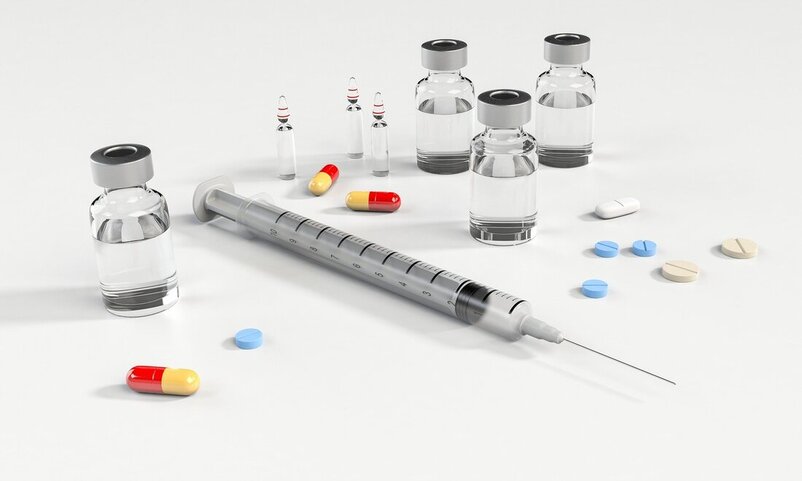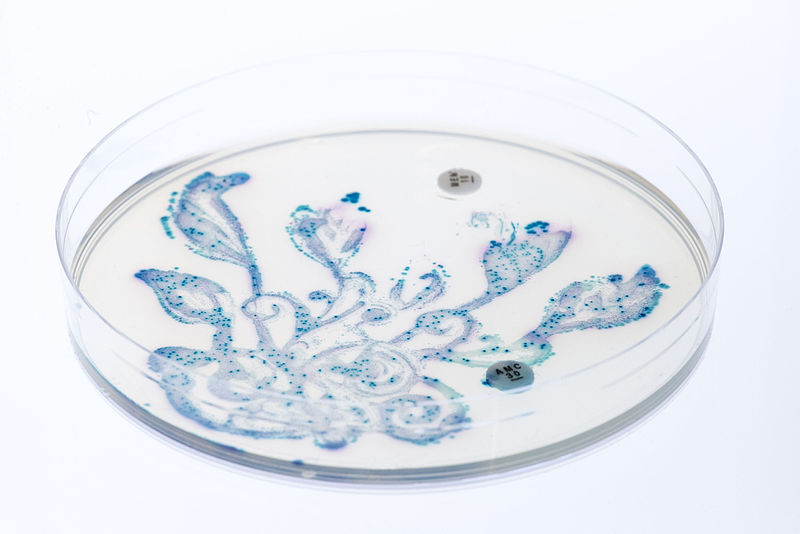Potential Safer Administration of Insulin for Diabetes
With the worldwide prevalence of diabetes, advances in treatment options would have a global impact on hundreds of millions of people. Diabetes is a chronic disease that is divided into type 1 and type 2 diabetes; the former occurs when the pancreas does not create insulin, and the latter occurs when the body becomes resistant to insulin. While there are many forms of insulin administration, including injection, pens, pumps, and inhaling, many of them have been met with patient reluctance. In order to address this, new research has shown potential to one day introduce a form of orally delivered insulin, allowing for more accessible treatment and eliminating the need for multiple daily self-injections.
While diabetes pills are available, they are not the same as insulin pills. Instead, diabetes pills help the body produce more insulin, meaning that they are ineffective for individuals with type 1 diabetes. The current state of insulin therapy is characterized by subcutaneous delivery, meaning that insulin is injected into the fatty tissue under the skin, which can be risky and complex. In fear of self-injection, people often delay intervention for as long as a few years. As such, oral administration of insulin in perhaps the form of a pill could ultimately provide a safer delivery. However, because insulin is easily destroyed by stomach acids before it can reach the bloodstream, it has been difficult to formulate an effective insulin pill. The largest issue is the delivery mechanism, as the insulin must remain intact while it is delivered to the appropriate parts of the body.
While diabetes pills are available, they are not the same as insulin pills. Instead, diabetes pills help the body produce more insulin, meaning that they are ineffective for individuals with type 1 diabetes. The current state of insulin therapy is characterized by subcutaneous delivery, meaning that insulin is injected into the fatty tissue under the skin, which can be risky and complex. In fear of self-injection, people often delay intervention for as long as a few years. As such, oral administration of insulin in perhaps the form of a pill could ultimately provide a safer delivery. However, because insulin is easily destroyed by stomach acids before it can reach the bloodstream, it has been difficult to formulate an effective insulin pill. The largest issue is the delivery mechanism, as the insulin must remain intact while it is delivered to the appropriate parts of the body.
Image Source: Artem
To combat this, a research team devised a way to sandwich insulin between nanoparticles which not only protects the insulin but also responds to varying sugar levels in the body. Nanoparticles are tiny objects that have widespread applications in different fields. In terms of the biomedical field, they have proven useful for drug delivery, detection of disease, and much more. The nanomaterials used for this study have been shown to withstand digestion in rats, successfully overcoming the largest issues of oral delivery. The monitoring mechanism of the drug has the ability to act as a reservoir of insulin that releases in response to increasing sugar levels and promptly closes to prevent insulin overdose.
Although the results from this study may have immense future potential, the study has only shown results in rats and has not yet been tested on humans. Nevertheless, further advancements could bring about immense improvements for the well-being of diabetes patients.
Although the results from this study may have immense future potential, the study has only shown results in rats and has not yet been tested on humans. Nevertheless, further advancements could bring about immense improvements for the well-being of diabetes patients.
Featured Image Source: qimono
RELATED ARTICLES
|
Vertical Divider
|
Vertical Divider
|
Vertical Divider
|






